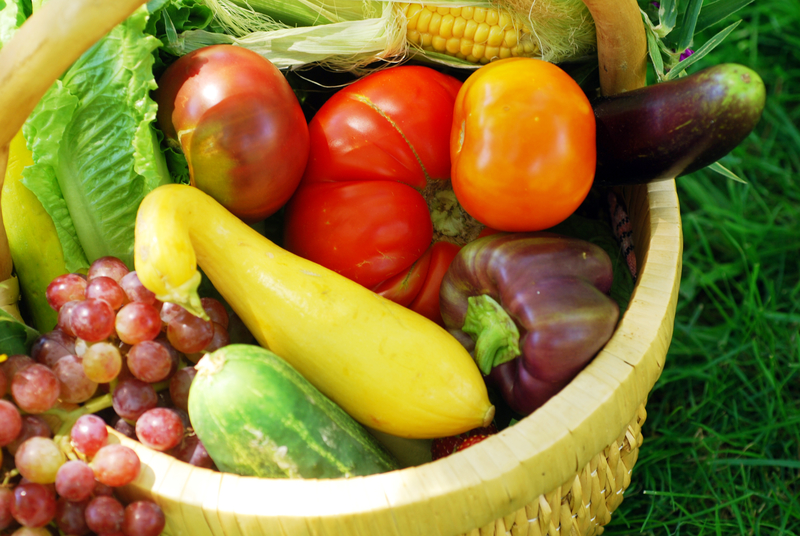It's summer squash! It's name is basically begging you to add it to your garden plot. There are various kinds of squash so it's important to determine which one you want to plant. The tips below will also teach you how to plant it and combat pests. If you have excess, you could even sell it at a local farmer's market, which gives you some extra income.
Summer Squash or Winter Squash?
It may be useful to begin by defining “summer squash” as opposed to winter squash. Summer squash, as suggested by the name, are those varieties which can be harvested during the summer. The first fruits of summer squash can be ready for harvest in as few as 40 days after planting and continue to yield for the duration of the season as long as they are picked regularly. Winter squash generally requires a longer growing season and is not harvested until fall.
Summer squash is best eaten fresh and does not store well, while winter squash can be stored in a root cellar for months and often even improves in storage.
Summer squash comes in all shapes and sizes, and falls into three major categories: yellow, zucchini, and pattypan.
Some people think of “summer squash” to mean specifically yellow crooknecks, the light banana-colored ones shaped like a lightbulb with an elongated curved end. They are mild and sweet, best eaten very small as they can quickly become thick-skinned and less appealing.
Zucchini Squash
There is vast variety among zucchini squashes, ranging from the classic green cucumber-sized fruit available year-round in the supermarket to the baseball-bat-sized produce that home gardeners are all too eager to give away during peak season, to the “Holy-cow-what-is-that-thing?!?” varieties.
In addition to the Kelly green varieties found in supermarket produce sections, zucchinis range from light green to almost black, and also can be golden.
Summer Squash: The Gardening Staple You Can Grow In 40 Days
The third category of summer squash is the pattypan type. Also known as “scallopini,” these cute little squashes look like tiny flying saucers, or little pastry tarts, with rounded centers. And also like other summer squashes, they need to be picked often — almost daily during peak season — to keep them from getting out of control and to encourage regrowth.
A possible fourth category of squash is the “Lebanese” type, also known as “Mid-East” or “cousa” squashes.
Summer squash is easy to grow at home, as long as you have plenty of these two things: sunshine and space.
Squash is finicky about soil temperature. It likes very warm soil and should be planted only after the danger of frost has passed. Planting it too early will result in sluggish — if any — germination. Seed packet directions are pretty simple, generally advising to direct-seed 3-5 per hill and thin to 2-3 seedlings per hill. They do best in rich, well-fed soil. Once sprouted, squash will flourish best with a lot of warm sunshine and plenty of water.
Summer squash can be planted in hills or rows, and a few varieties work well on trellises. But wherever they are, they will need plenty of space.
Squash Have Pests, Too
As easy as it is to grow, summer squash is not immune to pests. Cucumber beetles, squash bugs, aphids, squash vine borers, and cutworms are insects that can attack summer squash plants. Good ways to control bugs include row cover and organic or conventional pesticides.
Diseases such as blossom end rot, powdery mildew, mosaic virus and verticillium wilt can affect summer squash plants, as well. Remedies often can be as simple as adjusting watering habits, but also can include copper fungicide application or soil amendments.
Have you tried growing summer squash? Do you have any advice?
Article Source: Off The Grid News
